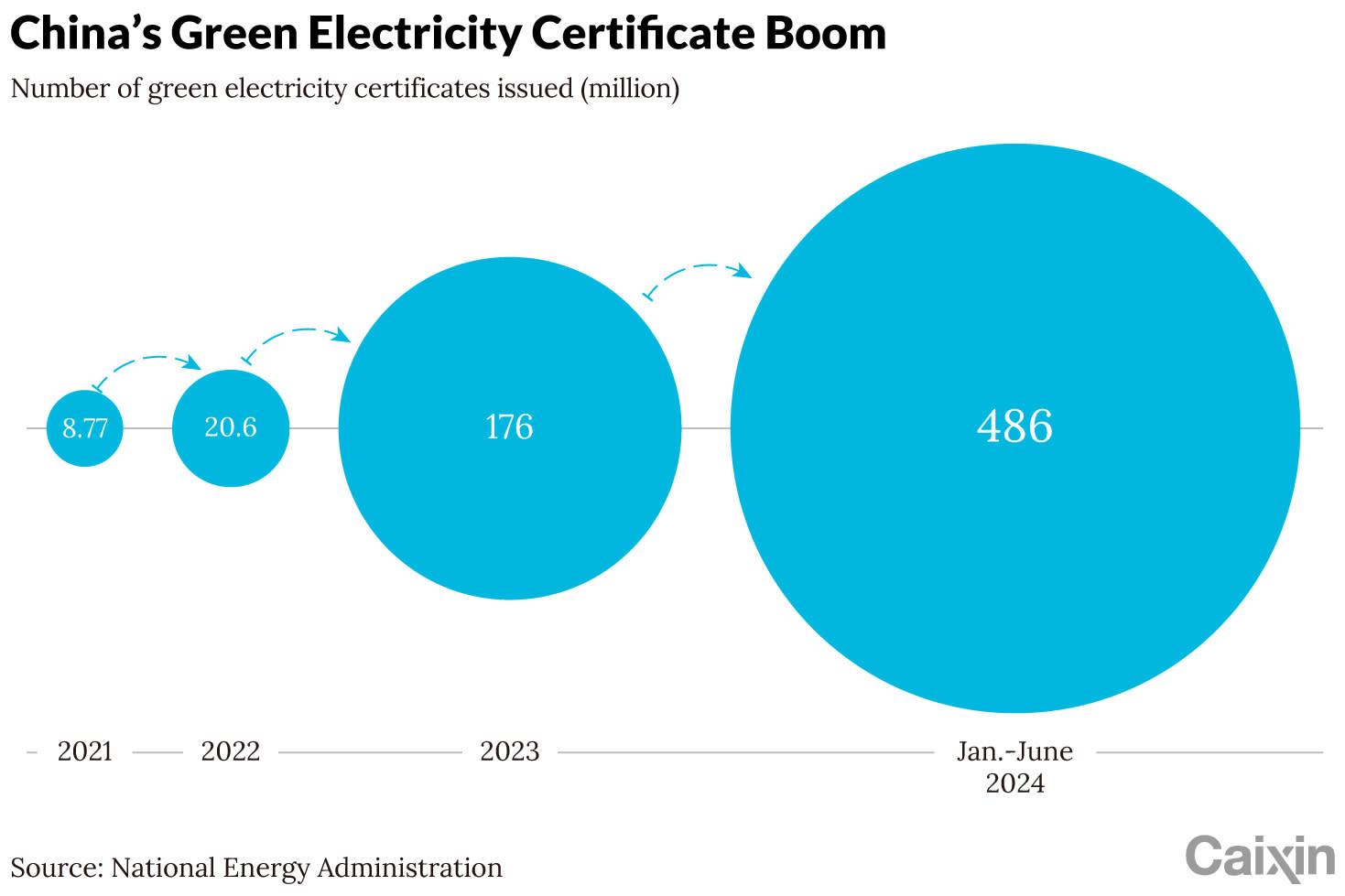"Informed AI News" is an publications aggregation platform, ensuring you only gain the most valuable information, to eliminate information asymmetry and break through the limits of information cocoons. Find out more >>
China's Renewable Energy Integration Challenges
- summary
- score


China's renewable energy boom, with wind and solar capacity reaching 1,206 gigawatts (GW) by August, far surpasses its 2030 targets. The International Energy Agency (IEA) predicts a 2.7-fold global growth in renewable energy by 2030, with China leading at 60%.
However, integrating this energy into the grid presents challenges. China's energy resources are concentrated in the northwest, far from major population centers in the south and east. Ultra-high-voltage (UHV) transmission lines, capable of spanning thousands of kilometers, are crucial. Twelve UHV projects, with a combined capacity of 84.5 GW and a $37 billion investment, are planned for 2021-2025.
Despite UHV's potential, construction delays cause power wastage. The IEA projects 3,207 GW of renewable capacity by 2030, with solar accounting for 80%. The grid must be reliable and flexible, accommodating intermittent wind and solar power. Batteries are essential for balancing supply and demand.
China's reliance on coal, which cannot quickly ramp up or down, complicates this. Gas-fired units, common in the U.S. and Europe, respond faster. The IEA warns of increasing wind and solar power waste in the north and northeast due to grid limitations.
Key Terms:
- Gigawatts (GW): Units of power, equivalent to one billion watts.
- Ultra-high-voltage (UHV): Power lines designed for long-distance transmission at very high voltages.
| Scores | Value | Explanation |
|---|---|---|
| Objectivity | 6 | Comprehensive reporting and in-depth analysis. |
| Social Impact | 5 | Widespread discussion, significant public opinion influence. |
| Credibility | 5 | Solid evidence from authoritative sources. |
| Potential | 6 | High potential for significant changes or events. |
| Practicality | 4 | Highly practical, directly applicable. |
| Entertainment Value | 2 | Slightly monotonous, few entertaining elements. |